Take the journey with us
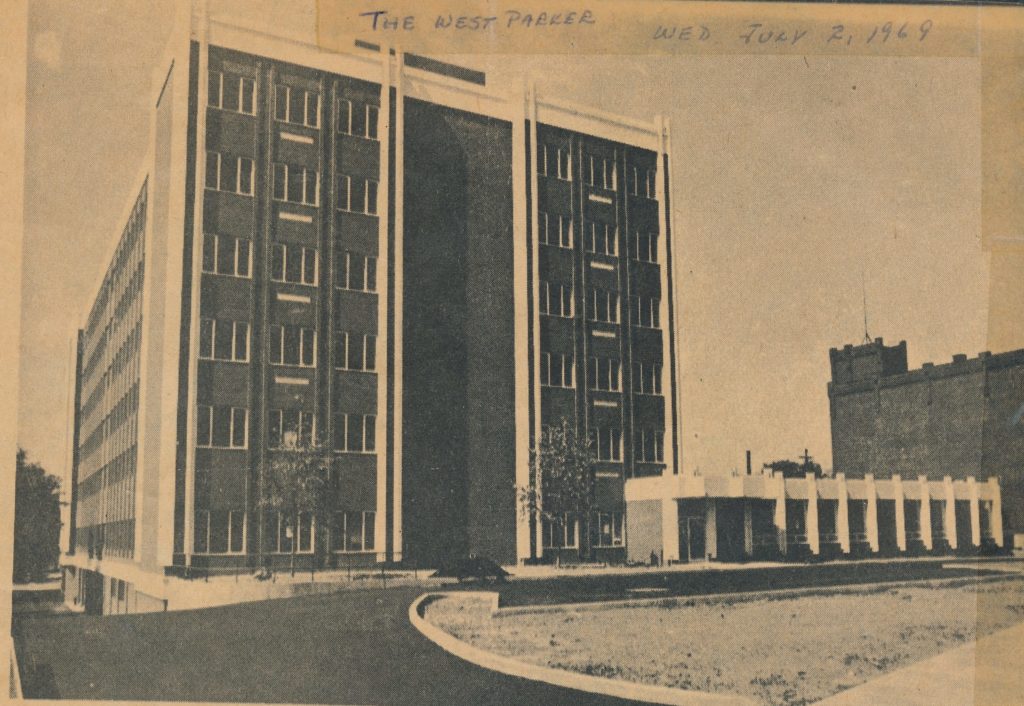
In the 1980s, hospital stays became shorter and residents’ needs became more complex. St. Augustine Manor reacted by offering comprehensive inpatient care [subacute care] to an increasingly diverse population. Ranging from 18 to 100+ years, St. Augustine Manor now provided specialized care for injuries and illnesses from brain trauma to post-surgical recovery. As services broadened to meet the growing needs, St. Augustine Manor needed to grow as well.
In 1990, the Detroit Shoreway neighborhood was devastated by the closing of nearby St. John Hospital. In response, St. Augustine Manor bolstered the community by obtaining and renovating the vacant hospital for a new manor home.
By 1991, the new St. Augustine Manor opened with a pioneering project, the Caritas Program. Serving as a national model, the Caritas Program was one of two long-term care facilities dedicated to the complex and resource-intensive needs of Ohio’s AIDS/HIV patients. More initiatives followed quickly, including the Bruening Rehabilitation Program and a Wound Care Program. By 1990, St. Augustine Manor could accommodate 248 individuals.
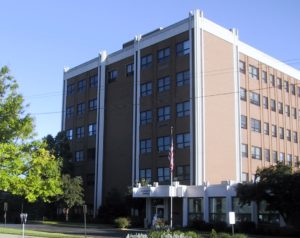
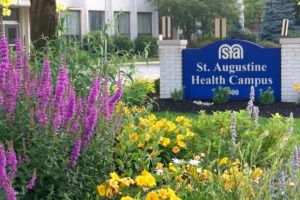
By 1996, the hospital and old manor were renovated. Together, they were christened the St. Augustine Health Campus. Renovations of the St. Augustine facilities and Catholic Charities renewed and strengthened the surrounding neighborhood by increasing health services and generating income-friendly apartments. The former manor was renamed The Towers Assisted Living Residences, a 99-unit assisted living complex for active seniors 55 and over.
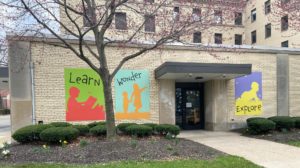
The St. Augustine Health Campus continued to grow with the neighborhood. Due to an increased need for quality community childcare, a licensed early learning center opened in 1999.
Earning a 5-star rating from Step Up to Quality, the St. Augustine Child Enrichment Center cares for children from 6 weeks to 5-years. Over time, the St. Augustine Child Enrichment Center has expanded three times. Today, it can accommodate 84 children. In addition to a daily care program, the center offers a popular summer learning program.
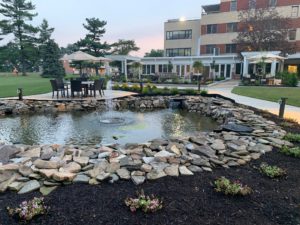
In 2005, Holy Family Home joined the St. Augustine healthcare network. Founded in 1956, by the Dominican Sisters of Hawthorne, NY, Holy Family Home was one of the nation’s first compassionate care facilities, commonly known today as hospice.
Following the Dominican Sisters’ retirement, Catholic Charities and the Diocese of Cleveland insured the order’s mission carried forward. With the addition of Holy Family Home, St. Augustine Health Campus began doing business as St. Augustine Health Ministries.
In 2006, Holy Family Home expanded to include inpatient and outpatient programs for individuals experiencing life-limiting illnesses. With the expansion, Holy Family Home began doing business as Holy Family Hospice.
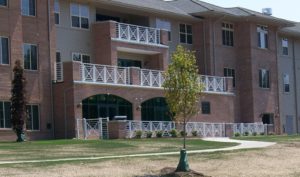
By 2007, St. Augustine Health Ministries, in collaboration with Catholic Charities and Vista Prairie Communities, added Emerald Village Senior Living Residences. Emerald Village, located in North Olmsted, houses 100 independent living and 30 assisted living units. Designed for active seniors 55 and over, Emerald Village provides a growing range of senior services including planned activities, lifestyle amenities, health screenings, dining options, housekeeping, transportation, and much more.
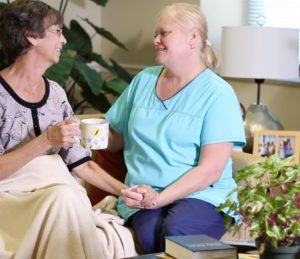
St. Augustine Health Ministries continues to respond to growing community needs. In 2010, Holy Family Home Care emerged to provide additional in-home health care options like Medicare skilled services and private duty, non-clinical assistance. By administering to a resident’s whole well-being, Holy Family Home Care provides individuals with care while maintaining residence in their own home.
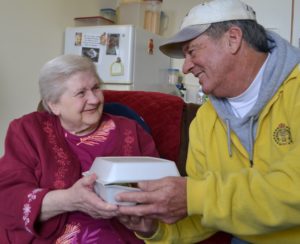
In 2011, St. Augustine Health Ministries began offering a Congregate and Home Delivered Meal Program to approximately 200 homebound seniors through the Older Adults Program. Managed by a licensed dietitian, nutritious meals are personally delivered to homebound seniors in the Detroit Shoreway and Broadway/Slavic Village neighborhoods. These deliveries provide critical opportunities for social interaction and wellness checkpoints.